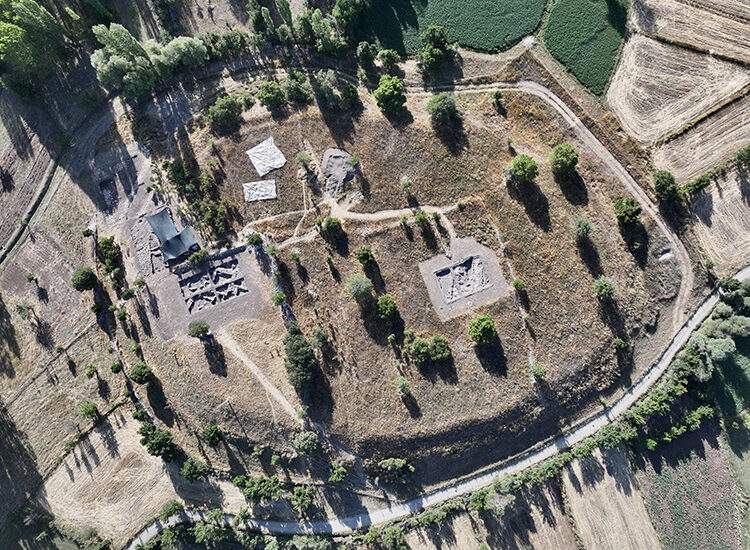
5300 Years of Life Traces: Settlement History from the Late Chalcolithic to the Bronze Age Revealed at Çaltılar Mound
Archaeological excavations at Çaltılar Mound (Çaltılar Höyük) in Türkiye’s Muğla province reveal a settlement history beginning on the edge of a marsh 5,300 years ago, later expanding into a fortified center through the Chalcolithic and Bronze Ages.
The only mound excavation currently active in Muğla, Çaltılar Mound, is offering new insights into the region’s prehistoric settlement patterns. Led by Prof. Dr. Ayşegül Aykurt from Hacettepe University’s Department of Archaeology, the 2025 excavation season combines ceramic studies with carbon dating to map the site’s occupation phases back to 3300 BCE.
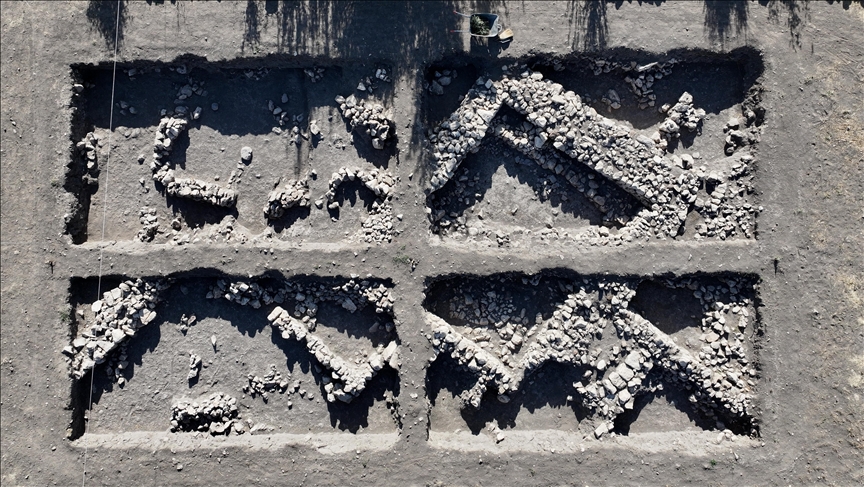
The findings show that the first inhabitants settled along the edge of a marsh, which dried out roughly two centuries later. As the landscape changed, the settlement expanded toward the mound’s core. Excavations have identified eight distinct Early Bronze Age layers built over the initial Late Chalcolithic occupation, followed by a Middle Bronze Age settlement. In the Late Bronze Age, the mound was repurposed as a cemetery.
This year’s work focuses on layers from 2500–2400 BCE, revealing a stone-built defensive system linked to stone-based structures. Earlier phases used a markedly different architectural technique—walls formed by placing wooden stakes, weaving branches or reeds between them, and coating both sides with mud. Evidence of a large-scale fire, along with charred clay fragments bearing branch imprints, suggests a destructive event in the settlement’s history.
📣 Our WhatsApp channel is now LIVE! Stay up-to-date with the latest news and updates, just click here to follow us on WhatsApp and never miss a thing!!
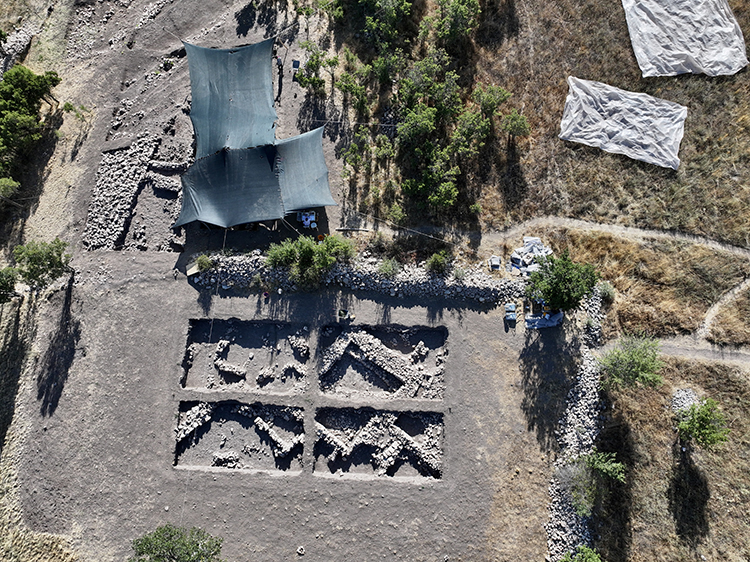
Artifacts recovered include pottery vessels, jars, cooking pots, stone axes from the ground stone industry, and loom weights. According to Prof. Dr. Aykurt, these finds not only fill a major gap in Muğla’s archaeological chronology but also illuminate the daily life, craftsmanship, and defense strategies of prehistoric communities in southwestern Anatolia.
Çaltılar Mound holds particular significance as the first multi-period settlement excavated in the region since the discovery of the Grimeler Cave near ancient Tlos, previously the earliest known habitation site in the area.
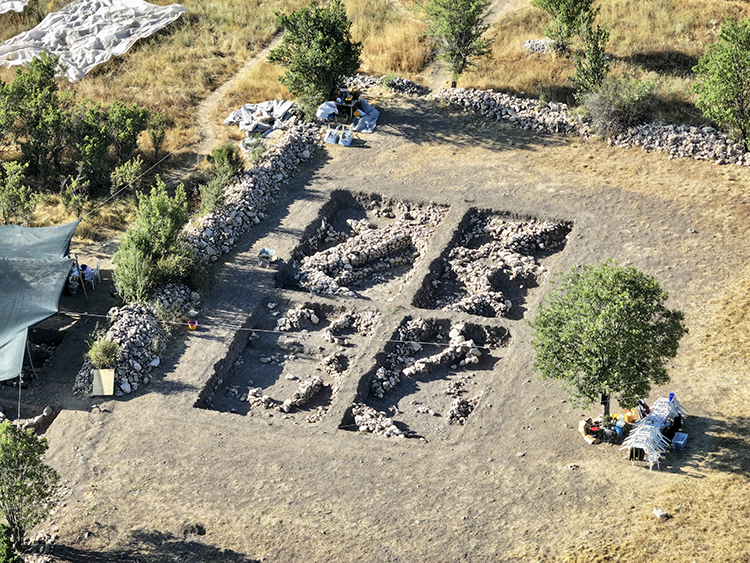
Cover Image Credit: Ali Rıza Akkır/AA
You may also like
- A 1700-year-old statue of Pan unearthed during the excavations at Polyeuktos in İstanbul
- The granary was found in the ancient city of Sebaste, founded by the first Roman emperor Augustus
- Donalar Kale Kapı Rock Tomb or Donalar Rock Tomb
- Theater emerges as works continue in ancient city of Perinthos
- Urartian King Argishti’s bronze shield revealed the name of an unknown country
- The religious center of Lycia, the ancient city of Letoon
- Who were the Luwians?
- A new study brings a fresh perspective on the Anatolian origin of the Indo-European languages
- Perhaps the oldest thermal treatment center in the world, which has been in continuous use for 2000 years -Basilica Therma Roman Bath or King’s Daughter-
- The largest synagogue of the ancient world, located in the ancient city of Sardis, is being restored

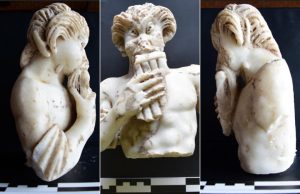
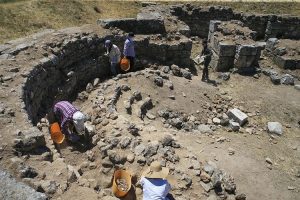
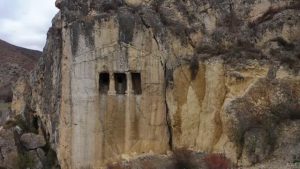
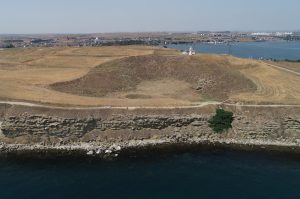
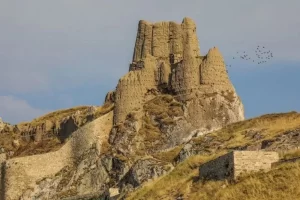
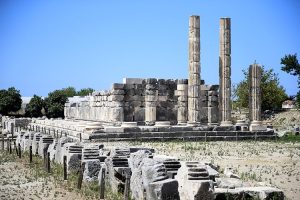


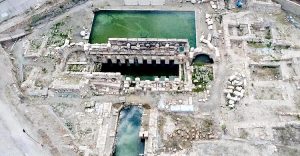
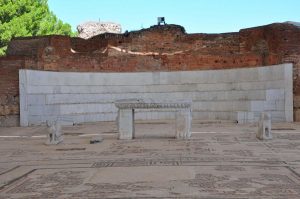
Leave a Reply